Al canviar d'idioma no tots els continguts estan traduïts
The website is not fully translated
Al cambiar de idioma no todos los contenidos están traducidos
Al canviar d'idioma no tots els continguts estan traduïts
 Opening times
Opening times
 Location
Location
 Tickets
Tickets
 Admissions
Admissions
Opening times
Tuesday to Saturday, 10am to 7pm
Wednesdays, 10am to 8pm
Sundays and public holidays, 10am to 2.30pm
The ticket office and entrance are closed 30 minutes before closing time
CLOSED: Mondays that are not bank holidays, 1 and 6 January, 1 May, 18 May, 1 June, 25 and 26 December
Location
Address
Plaça de Pau Vila, 3
08039 Barcelona
Coordinates: 41.380900, 2.185693
Contact
932 254 700
mhc.cultura@gencat.cat
Fax 932 254 758
Group and school bookings:
932 254 244
Monday to Thursday: 10am-2pm and 3.30-5.30pm
Friday: 9.30am-2pm
mhcvisites.cultura@gencat.cat
Transport and access routes
Public transport
Buses V17, H14, D20, V15, V13, 39, 45, 51, 59 and 120
Metro L4 (yellow) Barceloneta
Train to Barcelona Estació de França
Barcelona Tourist Bus: red line; and Barcelona City Tour: eastern route; Museu d’Historia de Catalunya stop.
Parking
There are three paid-for car parks nearby: in Passeig Joan de Borbó, Moll d’Espanya and Moll de la Fusta.
Coaches have parking spaces available near the museum building.
“Bicing” bicycle hire in Plaça Pau Vila.
Admissions
Permanent exhibition
Temporary exhibitions
General admission: 4 euros
Reduced admission: 3 euros
Combined ticket
Permanent exhibition + temporary exhibition
General admission: 8 euros
Reduced admission: 6 euros
 Opening times
Opening times
 Location
Location
 Tickets
Tickets
 Admissions
Admissions
Opening times
Tuesday to Saturday, 10am to 7pm
Wednesdays, 10am to 8pm
Sundays and public holidays, 10am to 2.30pm
The ticket office and entrance are closed 30 minutes before closing time
CLOSED: Mondays that are not bank holidays, 1 and 6 January, 1 May, 18 May, 1 June, 25 and 26 December
Location
Address
Plaça de Pau Vila, 3
08039 Barcelona
Coordinates: 41.380900, 2.185693
Contact
932 254 700
mhc.cultura@gencat.cat
Fax 932 254 758
Group and school bookings:
932 254 244
Monday to Thursday: 10am-2pm and 3.30-5.30pm
Friday: 9.30am-2pm
mhcvisites.cultura@gencat.cat
Transport and access routes
Public transport
Buses V17, H14, D20, V15, V13, 39, 45, 51, 59 and 120
Metro L4 (yellow) Barceloneta
Train to Barcelona Estació de França
Barcelona Tourist Bus: red line; and Barcelona City Tour: eastern route; Museu d’Historia de Catalunya stop.
Parking
There are three paid-for car parks nearby: in Passeig Joan de Borbó, Moll d’Espanya and Moll de la Fusta.
Coaches have parking spaces available near the museum building.
“Bicing” bicycle hire in Plaça Pau Vila.
Admissions
Permanent exhibition
Temporary exhibitions
General admission: 4 euros
Reduced admission: 3 euros
Combined ticket
Permanent exhibition + temporary exhibition
General admission: 8 euros
Reduced admission: 6 euros
Our sea. From the 13th century to the 16th century
In the 13th century, the conquest of the Kingdoms of Majorca and Valencia by James I began a period of military and commercial expansion in the Mediterranean that continued until the 15th century. The growth of cities, the rise of trade and the consolidation of the groups of merchants and craftsmen are among the phenomena closely linked to the expansion process.
Gothic Art replaced Romanesque, and literary culture greatly developed in this period. In politics, the main government institutions of the country were shaped – the Corts or parliament; the Generalitat, providing government administration; and the municipal councils. However, the famine of 1333 and the Black Death undoubtedly marked the beginning of a profound demographic, economic and social crisis.
In the countryside, the peasants rose up in arms against their lords, while in the cities there was deep social unrest. In the second half of the 15th century, the country was riven by a prolonged civil war (1462-1472) pitting the Crown against the Generalitat. In 1479, the accession to the throne of Ferdinand II, married to Isabella of Castile, brought about the dynastic union of the two crowns.

Catalan hegemony in the Mediterranean
At the beginning of the 13th century, the Crown of Aragon focused its expansion policy on the Mediterranean. The conquests of Majorca and Valencia by James I were continued by Peter the Great, who annexed Sicily, and his successors. Catalan hegemony and the struggle to rule Sardinia and Naples caused conflicts with France, the Genoese Republic and the Papacy.
“Consulates of the Sea” were set up in the main Mediterranean ports to deal with maritime and commercial issues. In the eastern Mediterranean the Crown of Aragon did not manage to displace the Republic of Venice, despite taking control of the duchies of Athens and Neopatria. From the 14th and 15th centuries onwards, internal crises and social conflicts weakened the Crown and put an end to its hegemony.
Chronology
Conquest of Majorca
James I conquered Majorca and destroyed the power of the Almohads. The island was repopulated by Christians and the Kingdom of Majorca was established. In 1235, the islands of Ibiza and Formentera were conquered.
Conquest of Valencia
Between 1229 and 1245, James I (the Conqueror) conquered the emirates of Balansiya and Mursiyya which had emerged from the decomposition of the Almohad Empire and, in 1238, he took the city of Valencia.
Treaty of Corbeil
Treaty between James I and Louis IX of France. The Catalan king gave up his rights to the Occitan territories in exchange for the French king giving up any claim over the Catalan counties as successor to Charlemagne. This treaty confirmed de iure independence.
Death of James I
James I divided the Crown’s domains between his sons. Peter the Great inherited the Kingdom of Aragon, the Kingdom of Valencia and the Principality of Catalonia. James II (the Prudent) inherited the Kingdom of Majorca, the County of Rosselló and Cerdanya and the lordship of Montpellier.
The Sicilian Vespers
The popular revolt known as the Sicilian Vespers against the rule of the French King Charles of Anjou led to the intervention and conquest of the island by Peter the Great, who was proclaimed King of Sicily.
Conquest of Minorca
As part of the military campaign to confiscate the Kingdom of Majorca, Alfonso the Liberal, son of Peter the Great, conquered the island of Minorca from the Muslims.
Almogaver expedition to Byzantium
Roger de Flor founded the Great Catalan Company, an expeditionary force of mercenaries serving the Byzantine Emperor against the Ottoman Turks. His betrayal and murder unleashed what was known as the Vengeance of the Catalans, who occupied the duchies of Athens and Neopatria.
Conquest of Sardinia
James II conquered Sardinia between 1323 and 1326 after he was feudally invested with it by the Pope in 1297. His rule was challenged by continuing Sardinian revolts and disputes with the Republic of Genoa.
Annexation of the kingdom of Majorca to the crown
Peter the Ceremonious finally annexed the Kingdom of Majorca to the Crown of Aragon and instituted the Privilege of Union, under which future monarchs had to promise never again to separate the territories of Aragon, Valencia, Majorca and Catalonia.
Conquest of Naples
Alfonso the Magnanimous conquered the Kingdom of Naples after a series of campaigns carried out between 1435 and 1443.
James I’s tent
James I (the Conqueror) (1213-1276) began territorial and maritime expansion at the request of the merchants from the coastal cities. In September 1229, his fleet set sail and, in December, he occupied Madina Mayurqa (Palma de Mallorca). In 1231, Minorca began to pay tribute and, in 1235, Ibiza and Formentera were conquered. The Valencia campaign began in 1233, with the participation of Aragonese nobles. The city of Valencia capitulated in 1238 and the whole kingdom followed in 1245. In his will, James I created the Kingdom of Majorca, ruled by the House of Barcelona and formed by the Balearic Islands, the counties of Rosselló and Cerdanya, Montpellier and the county of Carladès. In the exhibition you can go into the king’s tent and find out more details about his campaigns.
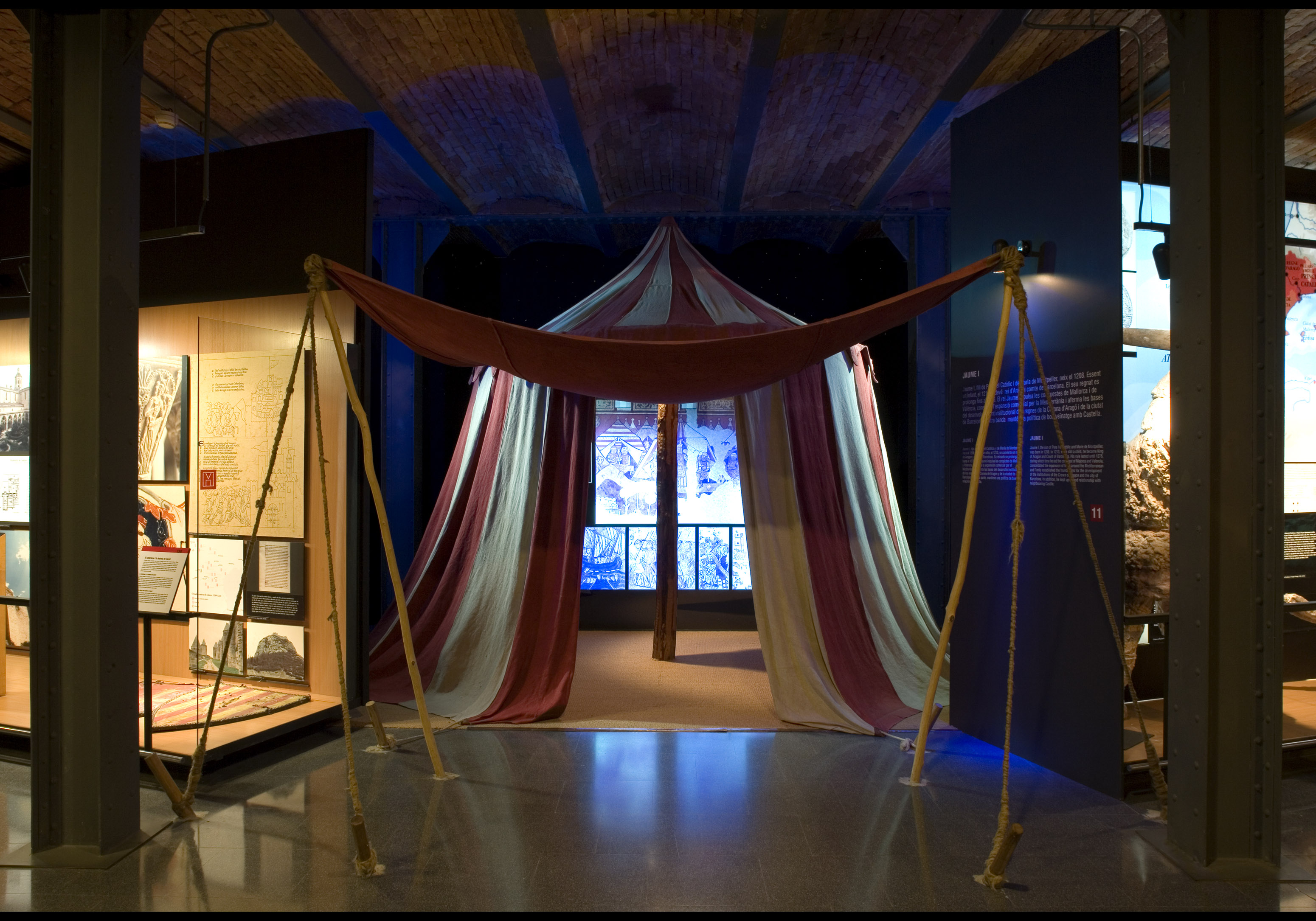
James I (the Conqueror) (1213-1276) began territorial and maritime expansion at the request of the merchants from the coastal cities. In September 1229, his fleet set sail and, in December, he occupied Madina Mayurqa (Palma de Mallorca). In 1231, Minorca began to pay tribute and, in 1235, Ibiza and Formentera were conquered. The Valencia campaign began in 1233, with the participation of Aragonese nobles. The city of Valencia capitulated in 1238 and the whole kingdom followed in 1245. In his will, James I created the Kingdom of Majorca, ruled by the House of Barcelona and formed by the Balearic Islands, the counties of Rosselló and Cerdanya, Montpellier and the county of Carladès. In the exhibition you can go into the king’s tent and find out more details about his campaigns.
Pacts: the foundation of government
The growing complexity of Low Medieval society meant that, throughout the 13th and 14th centuries, Catalonia was provided with institutions of government: the Corts (parliament) and the Generalitat (administration). At a time when monarchies were becoming stronger and tending towards authoritarianism, in the Principality and other Crown territories the institutionalised practice of pacts and consensus as the basic foundation of royal government became predominant.
The Corts included the three main estates: the ecclesiastical branch, the nobility and the popular classes, representing the towns and cities within the royal jurisdiction. The peasants, who formed the largest part of the population, had no direct presence. Consensus took the form of drawing up constitutions or laws. Meanwhile, the Generalitat, the permanent representative of the estates, oversaw compliance with the agreements.
The Corts of James I
The Cort General, which was established during the reign of James I, established, in the Assembly of Peace and Truce of 1214, the participation of the representatives of the cities and free towns. The Corts of Barcelona of 1283, during the reign of Peter the Great, consolidated this institution. The Corts were called and presided over by the king and they were attended by the “general” of Catalonia, in other words the distinguished men of the three estates: ecclesiastical, military or nobility, and lay people. The Corts were the highest expression of the pact between royal and territorial authorities. They debated the grievances of the estates and royal taxes and they approved new laws by consensus.
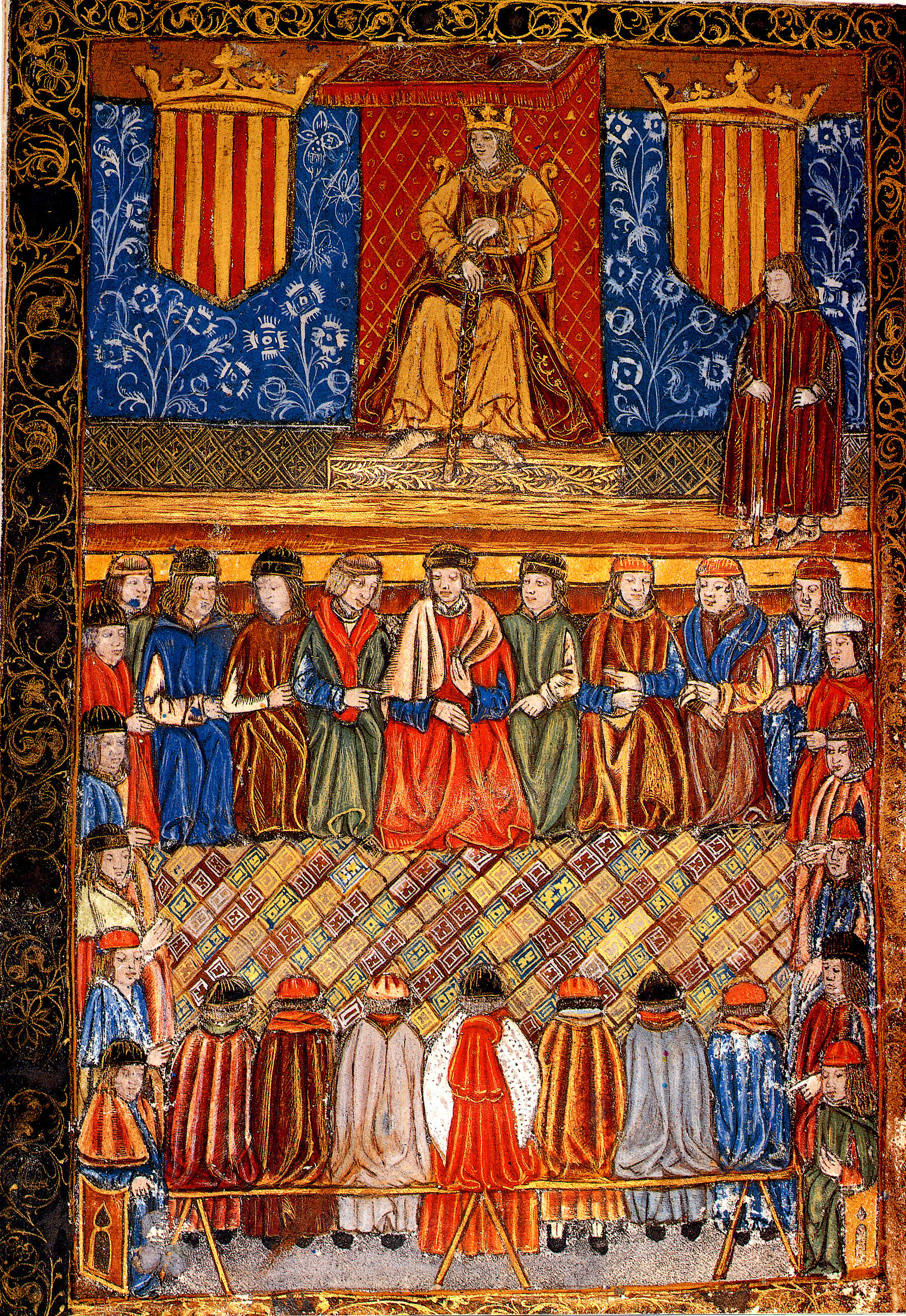
The Cort General, which was established during the reign of James I, established, in the Assembly of Peace and Truce of 1214, the participation of the representatives of the cities and free towns. The Corts of Barcelona of 1283, during the reign of Peter the Great, consolidated this institution. The Corts were called and presided over by the king and they were attended by the “general” of Catalonia, in other words the distinguished men of the three estates: ecclesiastical, military or nobility, and lay people. The Corts were the highest expression of the pact between royal and territorial authorities. They debated the grievances of the estates and royal taxes and they approved new laws by consensus.
The emergence of the cities
From the 13th century onwards, the increase in agricultural production and the development of trade drove population and economic growth. The cities became manufacturing and trading centres and the kings encouraged them, finding that they provided reliable support against the upper ranks of the feudal nobility as they flourished.
The dynamism of the urban centres was shown in their desire to achieve greater self-government, as with the establishment of the Council of One Hundred in Barcelona and the construction of spectacular cathedrals, churches, markets and palaces. Gothic art, in all its splendour, spread through the cities of Barcelona, Majorca, Perpignan and Valencia.
Markets
In this period, markets experienced strong growth and merchants played a leading role. From the territories of the Crown of Aragon they exported products like oil, saffron, honey, salt and rice, while from Mediterranean trade they obtained goods as highly prized as gold from Africa and Sicilian wheat, as well as spices, sugar and silk from the eastern routes. “Consulates of the Sea” were established in the main ports to regulate commercial activity. Their laws, compiled in the Book of the Consulate of the Sea, were translated into several languages, becoming one of the basic documents of medieval maritime law.

In this period, markets experienced strong growth and merchants played a leading role. From the territories of the Crown of Aragon they exported products like oil, saffron, honey, salt and rice, while from Mediterranean trade they obtained goods as highly prized as gold from Africa and Sicilian wheat, as well as spices, sugar and silk from the eastern routes. “Consulates of the Sea” were established in the main ports to regulate commercial activity. Their laws, compiled in the Book of the Consulate of the Sea, were translated into several languages, becoming one of the basic documents of medieval maritime law.
Craftsman’s house








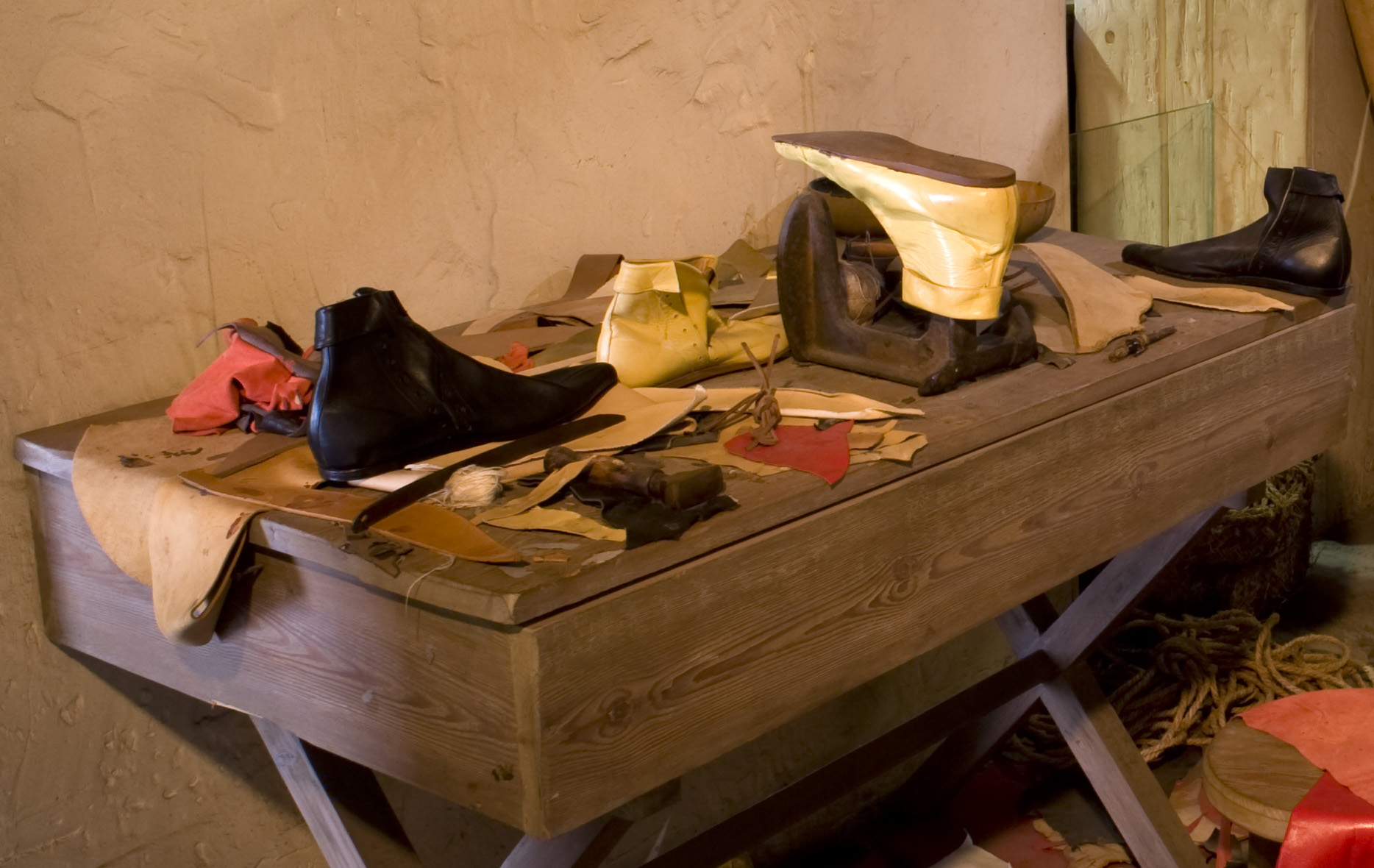
Workshop and shop


Housing

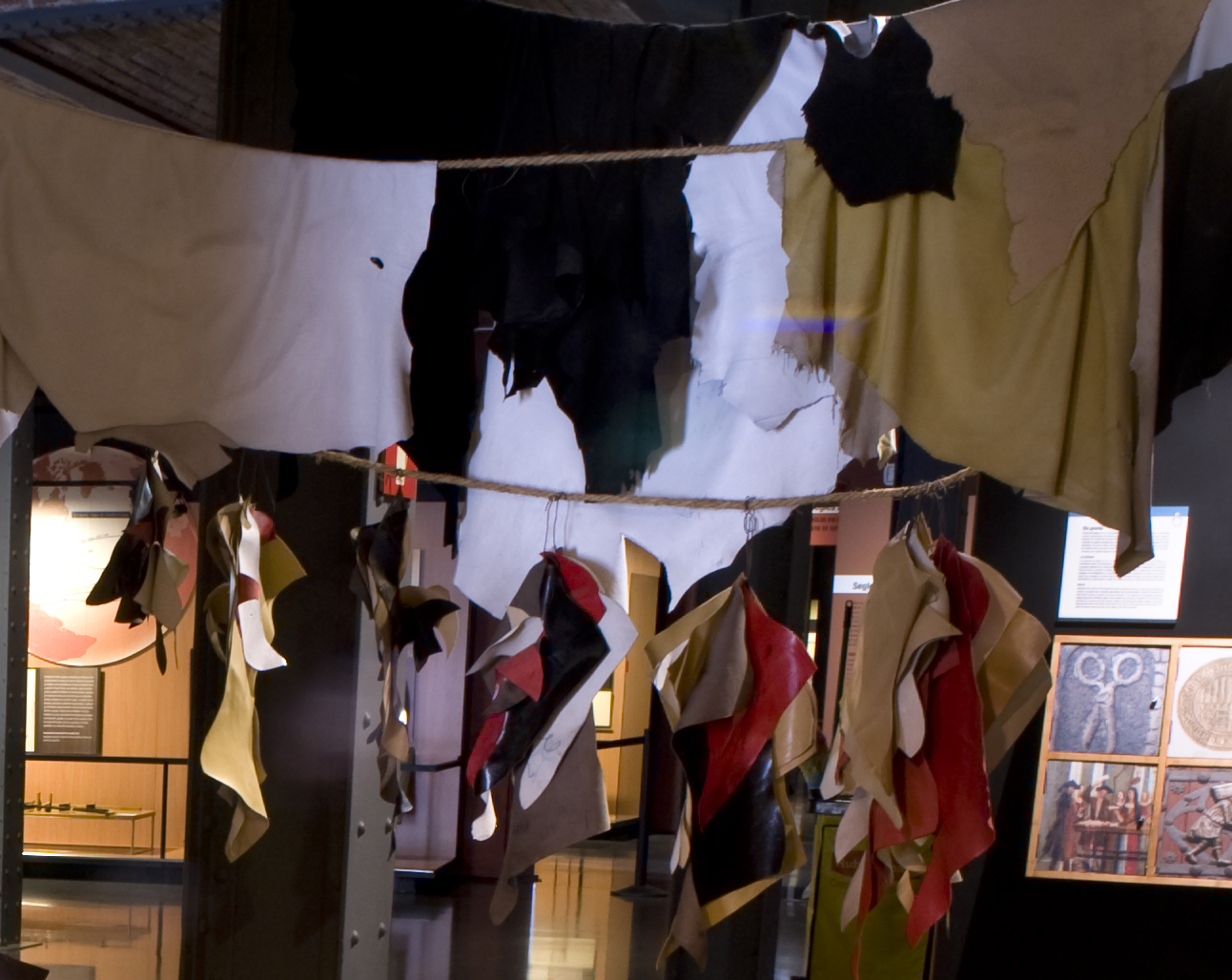
Streets by craft

Science, culture and art
In the Low Middle Ages, Catalan became a fully developed written language. Literature was particularly outstanding, with figures like Ramon Llull, Jordi de Sant Jordi and Ausiàs March, and works like Tirant lo Blanch became universally known. The first universities were founded and advanced scientific and technical practices were developed locally.
Catalan medicine achieved great prestige and Arnaldus de Villa Nova became physician to three kings and three popes. The cartographers Abraham and Jehuda Cresques and their Atlas Català of 1375 were also important figures. Drawn with surprising precision, the most important mapamundi of its time included India and China and summarised the concerns of a rapidly expanding world.
Atlas Català
Time of crisis
After the mid-14th century, Catalonia underwent strong political and social convulsions, as well as a considerable fall in population and economic recession. The crisis, beginning during the reign of Peter the Ceremonious, continued in the reigns of the first kings of the Trastamara dynasty. The Civil War of 1462-1472 pitted the Crown against the country’s institutions and afflicted a territory already been decimated by epidemics.
Feudal oppression led to the peasants’ revolt which went on during the second half of the 15th century and did not end until the Arbitral Decision of Guadalupe (1486), which abolished what it described as the lords’ “evil customs”. At the end of the 15th century, the population reached a historic low: 250,000 inhabitants. The Mediterranean became less important compared to the new ocean routes and Catalonia was left on the periphery of the new trade highways.
Reconstruction of the peasants’ revolt
Despite the growth of the cities, the countryside continued to be the basis of economic activity. Farmers were subject to feudal lords who, faced with general population decline, invented a new system to prevent the depopulation of their lands: farmers who wanted to leave had to pay a charge called the remensa. With the cry of “The time of servitude is over!”, the Catalan peasants rebelled in the mid-15th century. The conflict went on throughout the second half of the century, coinciding with the civil war pitting the Catalan institutions against the Crown. The Remensa Revolt ended with the Arbitral Decision of Guadalupe (1486), which abolished some of the what it called the lords’ “evil customs”.
© de la fotografia: MHC (Gerard Ruiz Valls)
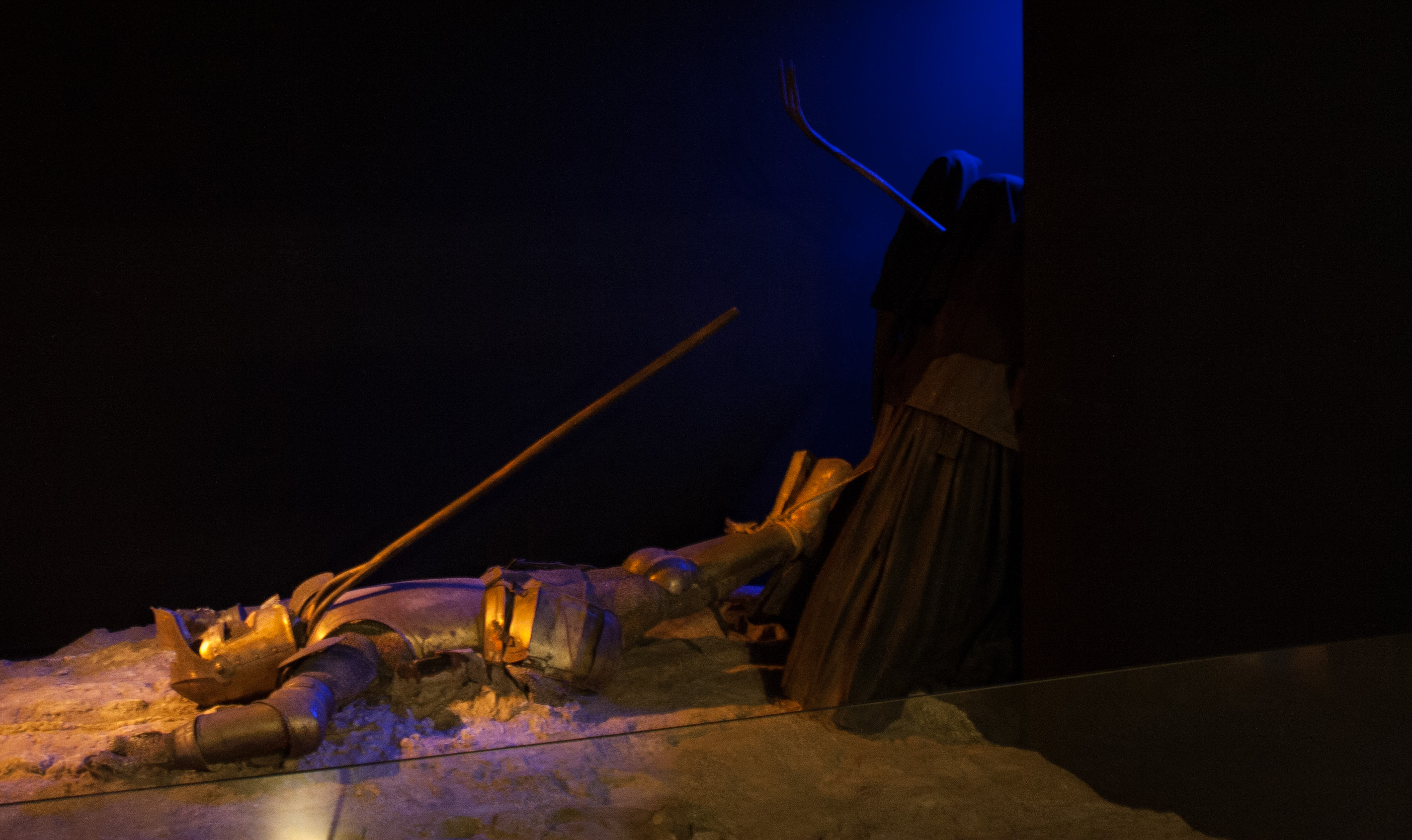
Despite the growth of the cities, the countryside continued to be the basis of economic activity. Farmers were subject to feudal lords who, faced with general population decline, invented a new system to prevent the depopulation of their lands: farmers who wanted to leave had to pay a charge called the remensa. With the cry of “The time of servitude is over!”, the Catalan peasants rebelled in the mid-15th century. The conflict went on throughout the second half of the century, coinciding with the civil war pitting the Catalan institutions against the Crown. The Remensa Revolt ended with the Arbitral Decision of Guadalupe (1486), which abolished some of the what it called the lords’ “evil customs”.
© de la fotografia: MHC (Gerard Ruiz Valls)
Danzas de la Muerte de Verges
Opening times
Tuesday to Saturday, 10am to 7pm
Wednesdays, 10am to 8pm
Sundays and public holidays, 10am to 2.30pm
The ticket office and entrance are closed 30 minutes before closing time
CLOSED: Mondays that are not bank holidays, 1 and 6 January, 1 May, 18 May, 1 June, 25 and 26 December
Location
Address
Plaça de Pau Vila, 3
08039 Barcelona
Coordinates: 41.380900, 2.185693
Contact
932 254 700
mhc.cultura@gencat.cat
Fax 932 254 758
Group and school bookings:
932 254 244
Monday to Thursday: 10am-2pm and 3.30-5.30pm
Friday: 9.30am-2pm
mhcvisites.cultura@gencat.cat
Transport and access routes
Public transport
Buses V17, H14, D20, V15, V13, 39, 45, 51, 59 and 120
Metro L4 (yellow) Barceloneta
Train to Barcelona Estació de França
Barcelona Tourist Bus: red line; and Barcelona City Tour: eastern route; Museu d’Historia de Catalunya stop.
Parking
There are three paid-for car parks nearby: in Passeig Joan de Borbó, Moll d’Espanya and Moll de la Fusta.
Coaches have parking spaces available near the museum building.
“Bicing” bicycle hire in Plaça Pau Vila.
Admissions
Permanent exhibition
Temporary exhibitions
General admission: 4 euros
Reduced admission: 3 euros
Combined ticket
Permanent exhibition + temporary exhibition
General admission: 8 euros
Reduced admission: 6 euros
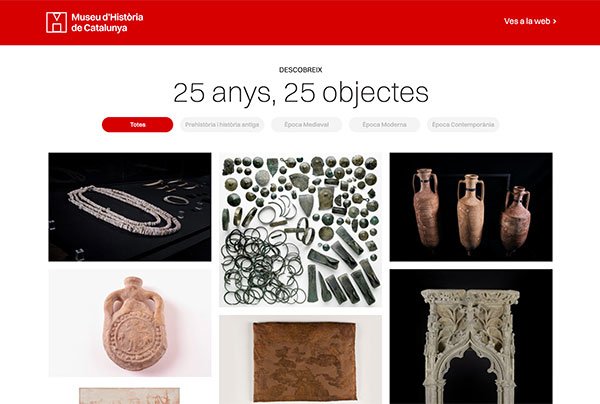

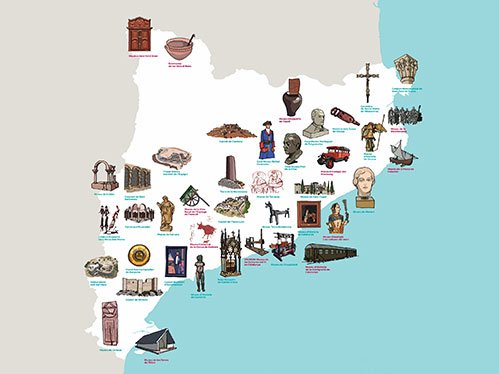

 Twitter
Twitter Facebook
Facebook


